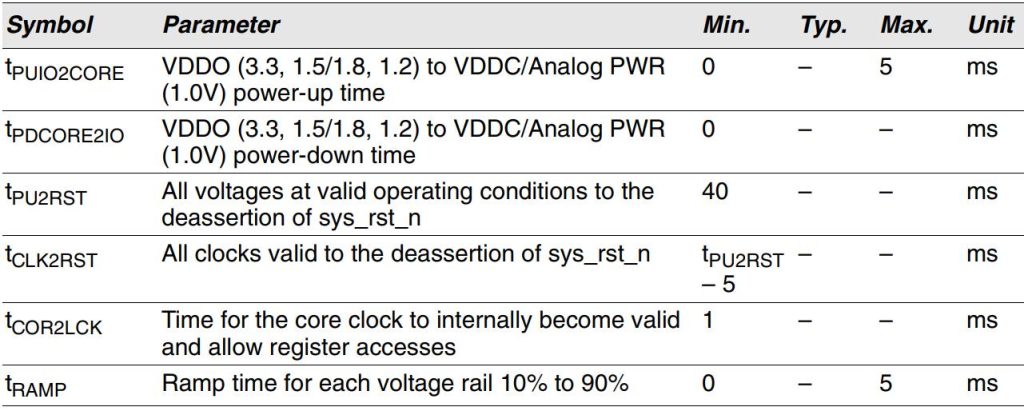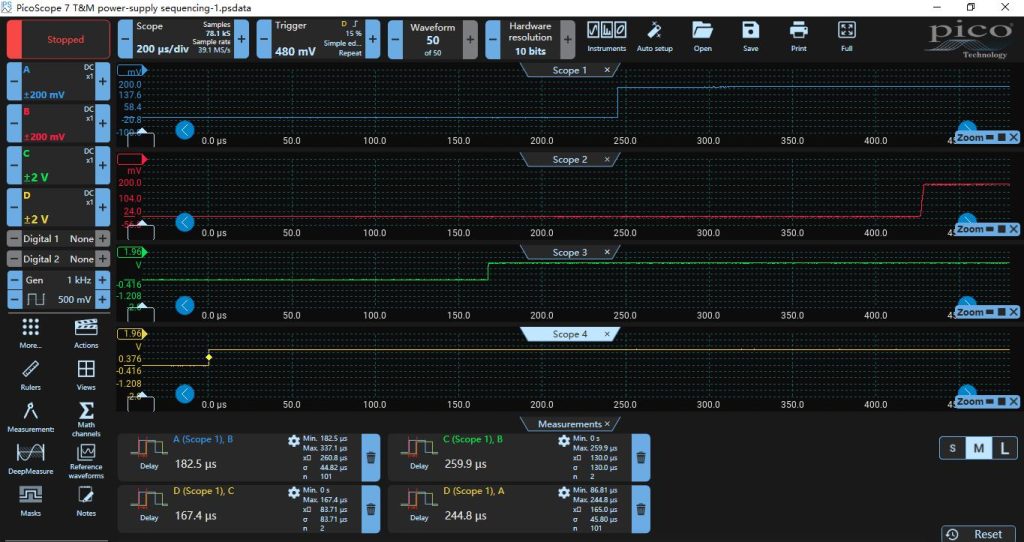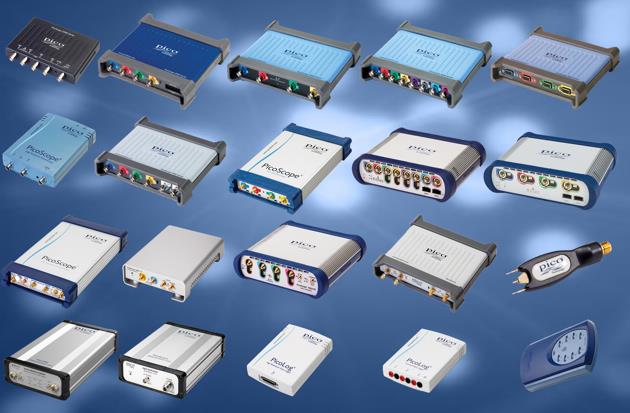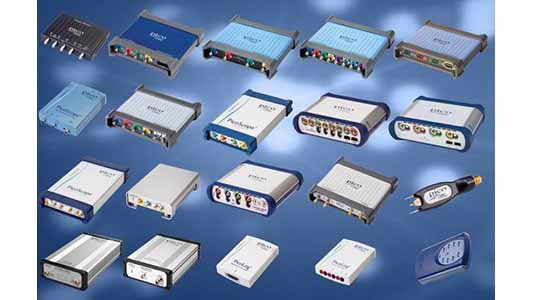1 About power-supply sequencing
Power-supply sequencing is always essential in high-performance processing devices like DSP, CPU, FPGA, in order to achieve reliable operation, enhance efficiency and overall system health. Figure 1 is a schematic diagram of a power-supply sequencing. The high-performance processing device in the diagram has four power-supply inputs named VCC1, VCC2, VCC3, VCC4 respectively, which are used to power different modules in the device. Four DC/DC LDO modules monitored and controlled by a voltage supervisor are used to provide the power-supplies for the four power inputs. In this example, the power-sequencing is VIN, VCC4, VCC3, VCC2, VCC1

In practice, the power-sequencing is always following the sequence of core supply, block RAM supply, auxiliary supply, I/O supplies. Figure 2 below shows the timing of the power-supplies of a high-performance processor and figure 3 shows its timing specifications of each power-supply.


In addition to the power-supply sequencing, the high-performance processors also require stable power-supplies. Figure 4 below shows the power supply specification of a high-performance processor. The ripple requirement of the core voltage is +/- 2% or +/- 20mV.

2 Test power-supply sequencing with PicoScopes
The test of power-supply sequencing can be done in PicoScope 7 software or under SDK.
PicoScope 7 is the next generation user interface for any real-time PicoScope as standard. It has all the analysis tools you need to get answers quickly, whether carrying out a simple test, or debugging a complex design. Delay/Phase measurement is one of dozens of automatic measurements in PicoScope 7. It can be used to test power-supply sequencing. Figure 5 shows the acquisition of four waveform in PicoScope 7 and the subsequent delay measurement between each pair of them.

In addition to PicoScope 7 software, a great many users choose to develop their own testing platform with PicoScopes and SDK (Software Development Kits). They integrate PicoScopes into their ATE (Automatic Testing Equipment) for verifying power-supply sequencing and power ripple. 8-channel PicoScopes are popularly used for such application. Figure 6 below shows the waveforms of power-supplies tested with a customized ATE which has PicoScope 4824A integrated for power-supply sequencing testing. The customer develops their own application software in LabView.

3 Why PicoScopes?
PicoScope 4824A is a popular choice for the testing of power-supply sequencing. It is a well market-positioned product especially for power measurements with high cost-efficiency—right bandwidth (20MHz), multiple channels (8 channels), high ADC resolution (12 bits), powerful SDK etc. If you need a high channel-count oscilloscopes with high bandwidth to cover more frequency components for the measurement of power noise, Pico Technology does have PicoScope 6824E model with 500MHz bandwidth, 8 analog channels, 8~12bits flexible ADC resolution.

The main reasons that people like to integrate PicoScopes into their automated testing systems for power measurement are the unique advantages and powerful capabilities of PicoScopes.
- High reliability
Established in 1991, Pico Technology has been focusing on the development and manufacture of PC-based test instrument and data acquisition equipment. Decades of product iteration and stringent quality controls make PicoScopes highly reliable.
- Cost-efficiency
Different from benchtop instruments, the fact that PicoScopes don’t have PC in the box gives them more unique hardware advantages due to the simple structure, including high bandwidth/sampling rate, deep memory, high/flexible ADC resolution, multiple analog and digital inputs, fast speed, etc. The use of full capability of an external PC allows PicoScopes more software capabilities, including 30+ serial decoders, advanced math functions (FFT, filters, measurements plotting, etc). Moreover, dozens of PicoScope models make the customers easier to pick one affordable and suitable for their applications.
- High/Flexible ADC resolution
PicoScopes offer a wide range of vertical resolution options from 8 to 16 bits. The higher the resolution, the greater the vertical accuracy and the dynamic range. The flexible resolution feature in PicoScopes is based on Pico’s breakthrough ADC technology which allows users to switch from 8 to 16 bits in one unit.
- Fast and powerful SDK
PicoScopes provide a level of interconnectivity and customization that is not usually available on most benchtop oscilloscopes. The SDK (Software Development Kit) allows users to create custom applications for their particular projects. That makes PicoScopes go beyond just being a regular oscilloscope. PicoScopes running under SDK have much better performance. For example, it can acquire and transmit data continuously to PC with the speed up to 312 MS/s; The memory can be segmented up to 2 million; The users can set the advanced triggers and generate waveforms programmatically. Programming with SDK is simple and easy. Professional technical support is always ready and lots of code examples can be found in github.com/picotech.
All Pico products including PicoScopes come with a free-of-charge SDK. The SDK includes drivers for Windows, macOS, Linux and Raspberry Pi (ARM7). It allows users to write their own software to control the instruments with popular languages such as C, C#, C++, Python, MATLAB, LabVIEW and Microsoft Excel.
- Compact and portable units
Unlike traditional benchtop instruments, PicoScopes are compact, light and portable. When used with a laptop computer, a PicoScope allows you to carry a complete electronics toolset in one bag with your PC. And small size also makes PicoScopes easier to be integrated into the systems with almost no increase in weight or size.













